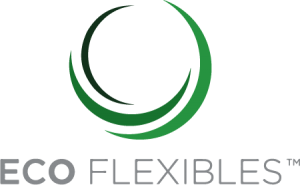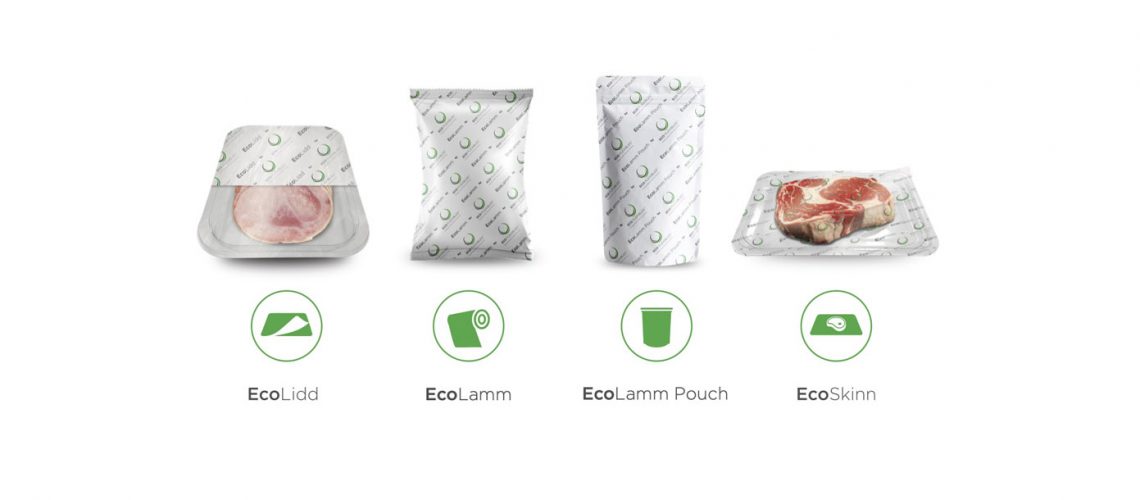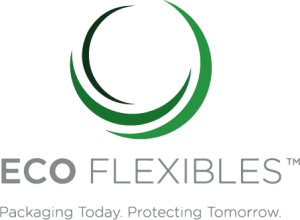Take a look around any modern store and you’ll see shelves filled with packaging. Different pack shapes, colour palettes, graphics, materials and features. But more than that, what you’ll see is a reflection of today’s consumer culture.
As buyers, we’re predetermined to choose packaging that connects with us and our daily lives. We seek products that align with our own values, whether that’s classic iconography that shows us as a traditionalist, practicality-focussed packaging that fits into our demands for on-the-go convenience, or a touch of luxury that allows a premium feel to everyday purchases.
In a retail environment that can see many thousands of products competing for attention, packaging is the first opportunity for a business to connect with its consumers. Packaging communicates the brand positioning and begins the consumer engagement journey. It’s this need to communicate and connect with the consumer that has driven the retail space to wholeheartedly embrace flexible packaging, and with its impressive portfolio of benefits, it’s not hard to see why.
The format has a number of important customer-led benefits and is highly adaptable; it’s flexible in every sense of the word. There are, however, three core ways that flexible packaging connects with shoppers and leaves a lasting impression.
Visual appeal
Flexible packaging offers a range of benefits over its rigid counterparts from a visual perspective. To some, the visual appeal of flexible packaging could seem trivial, but as consumers we are inherently shallow. When aesthetic value means the difference between a product being purchased and being left on the shelf, the visual benefits of flexible packaging must be taken seriously from a commercial standpoint.
Whether it’s a stand-up pouch or a film and foil pack, flexible packaging offers next level shelf appeal with a much wider usable area for graphics. What’s more, the vibrant print and strong registration capabilities of today’s packaging converters means that flexible packaging can truly capture the eye and imagination of consumers, and crucially, convey the brand in that split-second instant that the consumer makes a judgement.
Sustainability
Two of the largest demographics currently shopping in the retail space are Generation Y, defined as those born between 1980 and 1994 and often referred to by the more familiar ‘millennials’ term, and Generation Z, which is typically described as consumers born between 1995 and 2010. Y is currently the dominant demographic, enjoying its prime spending years. Naturally, Z is emerging into the commercial sphere at a noticeable pace.
What binds these two very different demographics is a similarity in purchase habits. Where previously buying decisions were predominantly made with emphasis, aligning closely with the traditional ‘7 Ps’ of marketing, today’s consumer base makes much more emotional decisions. Brands must stand for something; they must have meaning beyond the basic product value proposition. To generations Y and Z, an important shared value is that of sustainability, and it’s another way that flexible packaging can connect with the consumer.
Previously touted as a buzzword in the industry, flexible packaging is the real deal when it comes to responsible manufacturing and packaging design. The predominant consumer groups have grown up in an era where disposable plastics are common, and they are acutely aware of their responsibility to the environment.
Appealing to today’s shoppers, flexible packaging utilises around 60% less plastic and generates 85% less CO2 emissions than its rigid packaging counterparts. This means less energy is used during production, transport and logistics lowering the overall carbon footprint of the supply chain.
Importantly however, flexible packaging can also help fight the growing scourge of food waste, which is by far the largest environmental challenge facing society today. Flexible packaging can be designed with barrier functionality built in; barriers to moisture, gases (oxygen, CO2) and UV light can all be incorporated through the clever selection of different materials in the pack design.
It is also the ideal format for creating easy open and resealable functionality, which keeps produce fresher for longer, on shelf and in the home, ultimately reducing the amount of waste going to landfill.
Convenience
One of the most significant changes happening in retailing is how customers are physically using their products, which in turn informs their product selection. Savvy businesses have long since identified the consumer need for convenience, creating packaging design that fits into contemporary consumer culture, which is largely cash rich and time poor.
Flexible packaging, by its very nature, enables unique opening, dispensing, reclose and portability features – integration of pouring spouts or handles for example – supporting the on the go nature of consumer consumption and use today. Retort pouches for microwave cooking are a great example of flexible packaging designed for extended shelf life and speedy cooking techniques; both of which the consumer appreciates.
Recyclability
The junction where consumer demand for convenience and sustainability meet is recycling. For packaging, and indeed brands, to stay at the front of the consumer mindset, a responsible packaging life cycle must be central. This can entail packaging being designed to be fully recyclable now or at least recycle-ready.
Flexible packaging has traditionally been challenged from a recycling perspective. Co-extrusion or lamination of multiple film (polymer) types has meant it has not been suitable for single polymer waste recycling streams; separating the different films and foils has been difficult. Today however, flexible packaging technology, including manufacturing processes and substrate developments, are slowly turning this notion on its head. Flexible packaging is advancing towards a meeting the needs of the circular economy by utilising laminated layers of the same base polymer, but with differing functional attributes, to match the pack performance benefits of traditional designs.
Technologies have advanced to the point where applications such as lidding films, reel products, pouches and top web skin films can all be made with the same or equivalent recyclable credentials as alternatives, and match the functional performance requirements of traditional designs in terms of sealing, barrier or processing performance for example.
Flexible packaging: a flexible solution
In summary, flexible packaging connects with consumers for two core interlocking reasons – the format is developed with their unique behaviours and values in mind, and in turn, reflects their demands back. Flexible packaging connects because aside from significant benefits to the brand, it puts the consumer experience front and centre.
To find out more about Eco Flexibles® and its suite of high-tech flexible packaging solutions – plus how simple it can be to make the switch to flexible packaging – get in touch with the team today!


